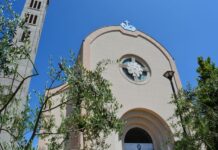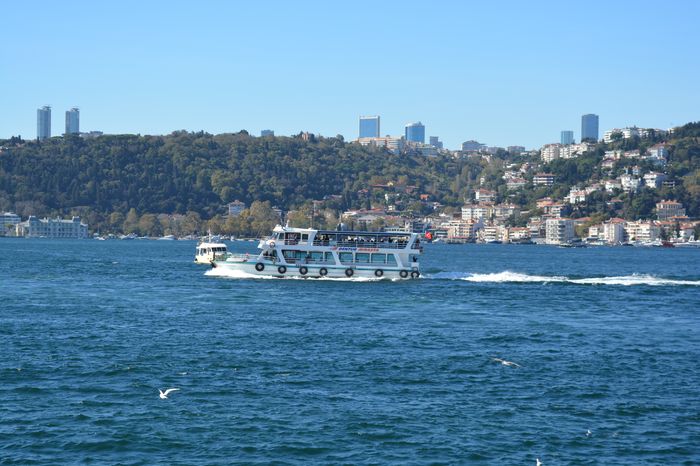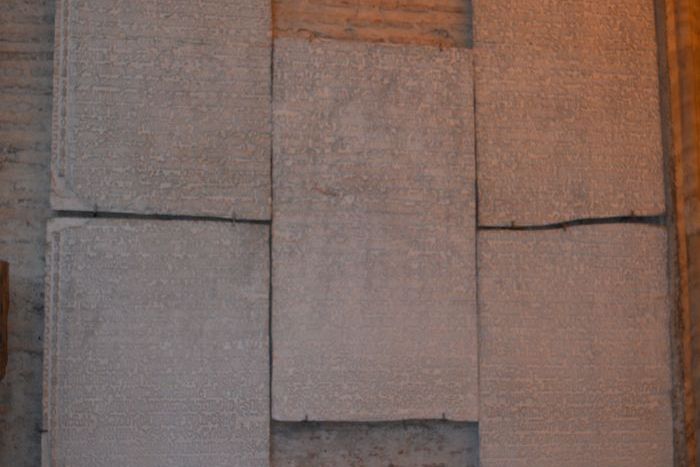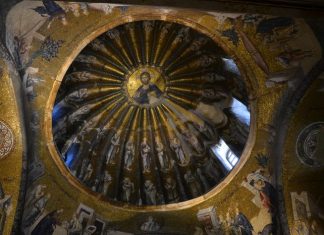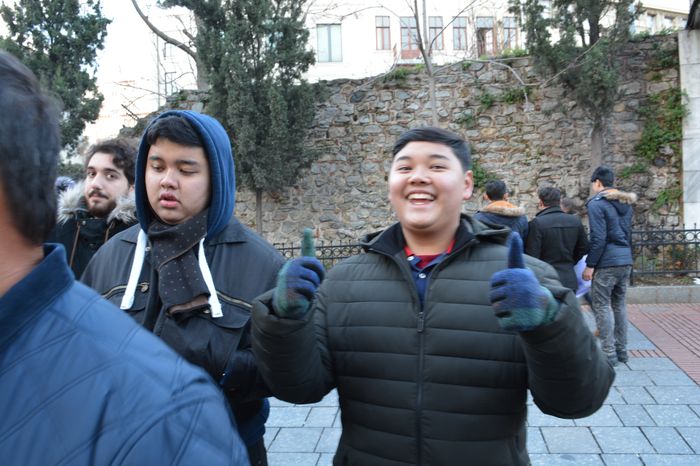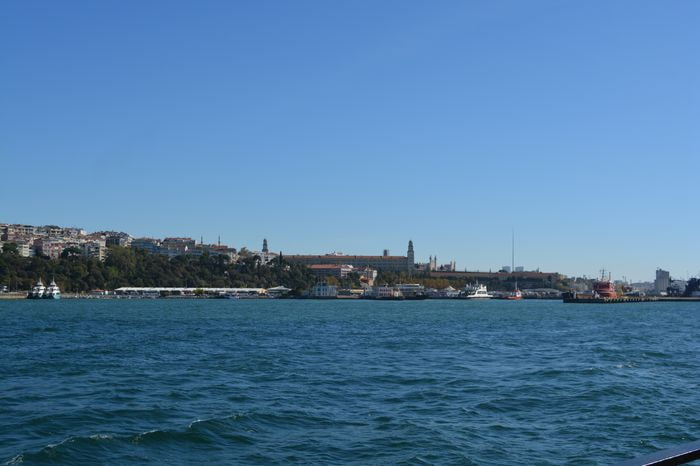The wall built by Emperor Manuel Comnenus was constructed to strengthen the defenses of the Palace of Blachernae, which had become the preferred residence of the Byzantine emperors beginning with Alexius Comnenus. Emperor Manuel not only enlarged and beautified the palace, but he also aimed to make it more secure from attacks.
This new wall provided better protection than the earlier palace defenses. One of its key advantages was that it moved the front line of defense farther away from the palace itself. This gave the palace extra safety, since any attackers would first have to break through this new barrier before reaching the older walls. Importantly, the older walls were not destroyed, but kept as a second line of defense Joining Old and New Walls.
Structure and Materials of the Wall
The wall built by Manuel was different in style from earlier Byzantine walls, especially those from the time of Theodosius II. It was made up of a series of tall arches, which were closed on the outside, creating a solid outer surface. The wall was built with larger stone blocks than the ones used in the Theodosian Walls. In general, the construction method involved two to four layers of stone, alternating with six to nine layers of brick.
Because the wall stood on a steep slope, it did not have a moat for added protection. However, to make up for this, the wall itself was built to be extra thick and strong. It was also supported by strong towers, making it more difficult for enemies to penetrate. At the top, the wall measured about fifteen feet (4.5 meters) thick.
Towers and Gateways
The wall included nine towers in total. Starting from the court of the Palace of the Porphyrogenitus, the first six towers alternated between round and octagonal shapes. The seventh and eighth towers were octagonal, and the ninth (last) tower was square.
This wall also had a main public gate and two smaller side gates, called posterns.
Unique Features of the Posterns
One of the posterns opened toward the Theodosian parateicheion (a space or wall between the main and outer fortifications). It was located in the wall section between the Palace of the Porphyrogenitus and the first tower of Manuel’s Wall. This section also includes a Turkish repair, where a lintel (horizontal stone support) from a postern is still visible Istanbul Day Trip.
The second postern stood between the second and third towers. It is unique because it is the only gate in all of Constantinople’s walls that had a drip-stone—a stone ledge designed to prevent rainwater from running down the wall.
Some historians, including Dr. Paspates, believed this postern was the Paraportion of St. Kallinikus, a gate mentioned in historical texts. However, this is unlikely because the Paraportion of St. Kallinikus is recorded in sources that predate the construction of Manuel’s Wall.
The Wall of Emperor Manuel Comnenus is an important part of Constantinople’s defense system. Built to protect the Palace of Blachernae, it was designed with strength and strategic placement in mind. Its architectural features, such as alternating towers, large stone blocks, and the unique drip-stone postern, reflect the advanced military engineering of the 12th-century Byzantine Empire.


